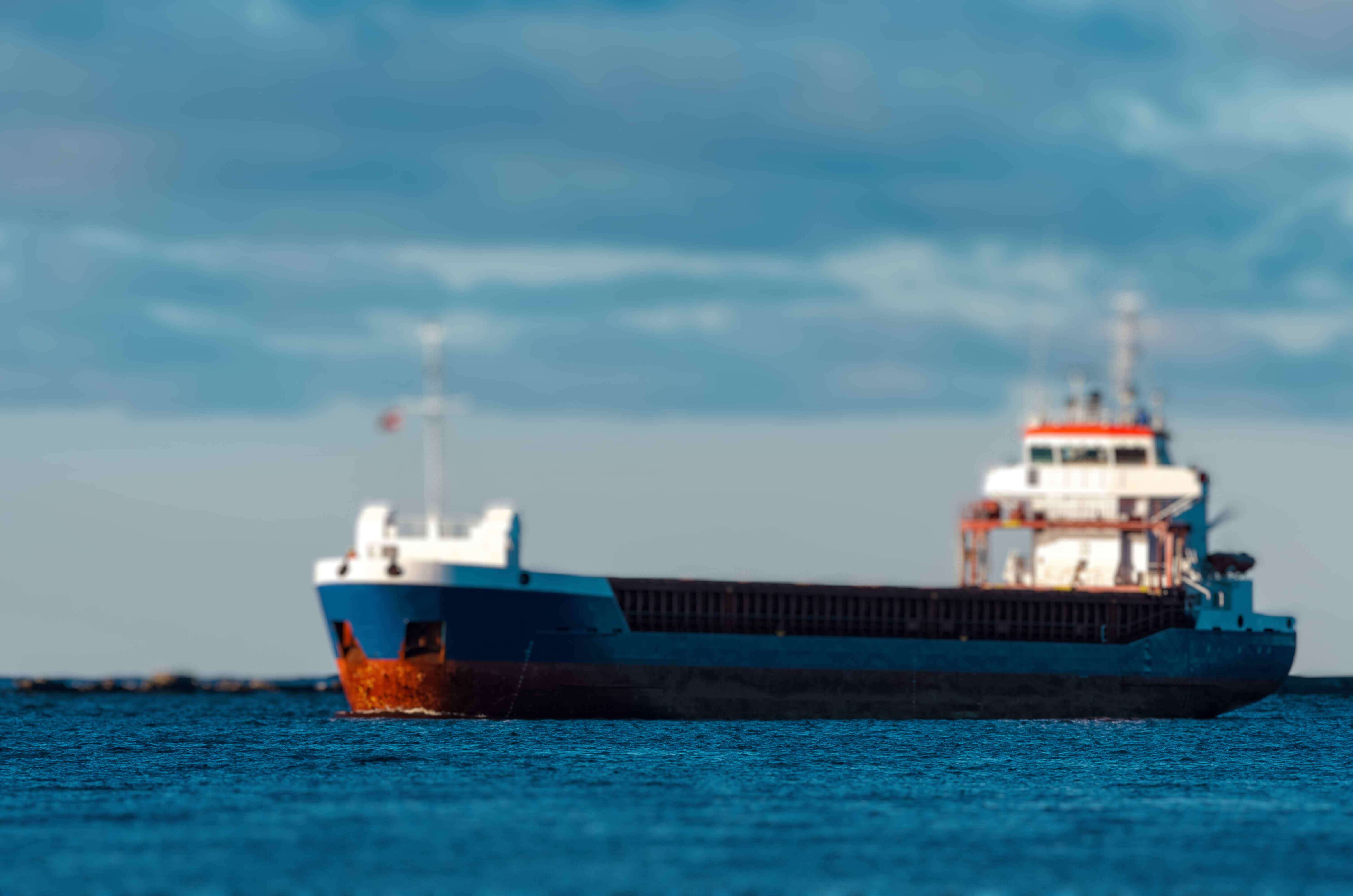Dry Docking to keep your ships in shape
What is Dry Docking? What does it mean for seafarers, and what are the benefits for compliance and for the efficiency of your fleet? Product Consultant Anil Bhardwaj takes us through the steps of an average Dry Dock procesure.

What is Dry Docking?
Dry Dock is when a vessel is out of her normal sea service and is in service yard. For those unfamiliar with the term, it raises questions around what it means, but a seafarer knows that this is when they can carry out the jobs which cannot be performed while a vessel is at sea. A time to literally ensure the vessel is in Ship Shape.
They get real life experience of Vessel Dry Docking stability calculations and Vessel Dry Docking procedures, among other theories which were taught in marine academy. There is a significant difference between technicality and experience that is only gained through live Dry Docking of a vessel.
Manage your Dry Docking tasks
It may be the rebranding of a second-hand vessel, or the regulatory compliance for a new vessel, whatever the project in hand, successful Dry Docking delivers the most eco-friendly and fuel-efficient vessels once they are put back into service.
With the Dry Docking solution from Shipnet, we aim to assist you in operating the best possible ships in the industry.
Regulations and compliance – how does Dry Docking help?
According to the IMO MARPOL and Safety of Life at Sea (SOLAS) Conventions, vessels require a complete inspection of the underwater hull twice within a five-year period, apart from the Class and Statutory Annual Hull and Machinery Surveys. One of these hull inspections is performed no later than 3 years from the day a vessel is in service, or from the previous Dry Docking of the vessel. ;For vessels less than 15 years old, an in ‘Water Survey in Lieu of Docking’ usually takes place.
The second hull inspection is done via a Dry -Docking survey within the ‘Special Survey’ time frame, which is undertaken every five years, and commences 15 months prior to the expiration date of the vessel’s statutory trading certificates. The Dry -Docking survey is part of the more extensive Dry Docking and repair project. Here, the vessel enters a ‘floating’ or ‘graving’ dock in the shipyard so all parts which are normally under water can be more thoroughly examined, including not only the hull but also the propeller, rudder, and sea chests.
To find out more about Dry Docking and the time saving solution to help you complete your projects, take a look at Shipnet’s solution, design by mariners, for mariners.
Anil Bhardwaj
Product Consultant
Book a meeting with James in our sales team here
Ready to get started? Just answer a few questions so that we can make the most of our call
Request a demo
Reserve a demo slot with a member of our team today
Discover how to control of your fleet’s operation, compliance and profitability
Receive a personalised walkthrough with our expert sales team


